Optimal Seasonal Waterproofing Timing
Waterproofing is a critical process to protect structures from water intrusion, which can cause damage, mold growth, and structural deterioration. Proper timing ensures effective application and long-lasting results. Understanding seasonal weather patterns and environmental conditions is essential for optimal waterproofing performance.
Spring offers moderate temperatures and rising humidity, making it suitable for waterproofing projects before heavy rainfall begins.
Summer provides warm weather but requires caution due to higher temperatures and humidity, which can affect drying times.
Fall is ideal for waterproofing as temperatures are cooler, and there is less rain, allowing for proper curing.
Winter is generally not recommended due to freezing temperatures and moisture challenges, which can compromise application quality.
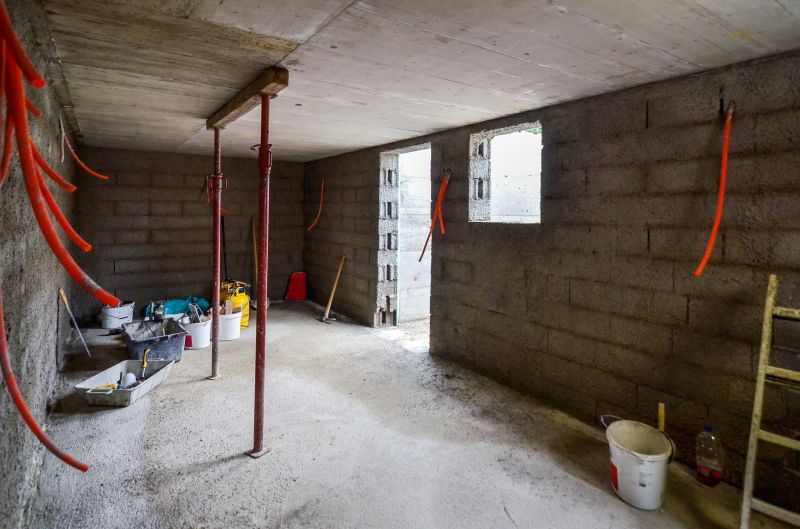
Ways to make Waterproofings work in tight or awkward layouts.
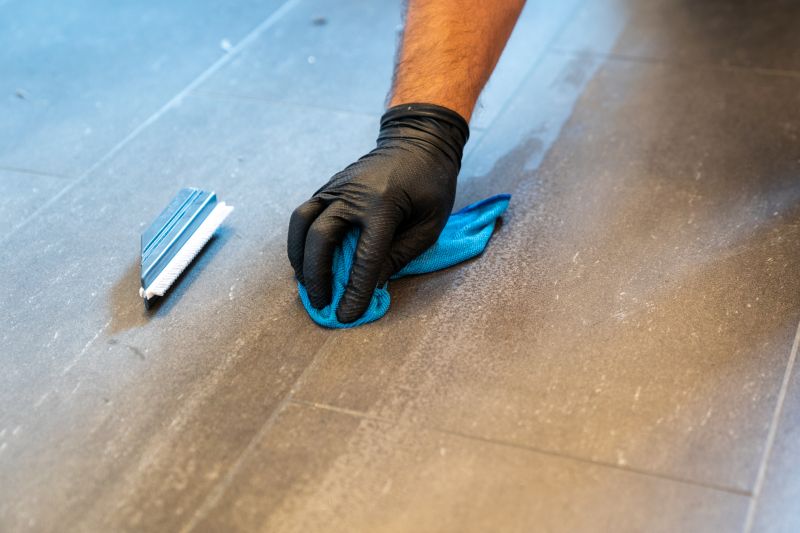
Popular materials for Waterproofings and why they hold up over time.

Simple add-ons that improve Waterproofings without blowing the budget.
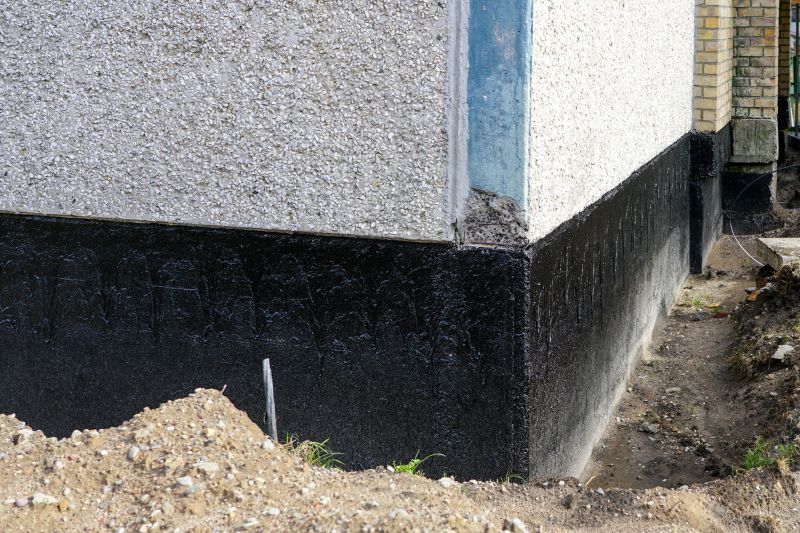
High-end options that actually feel worth it for Waterproofings.
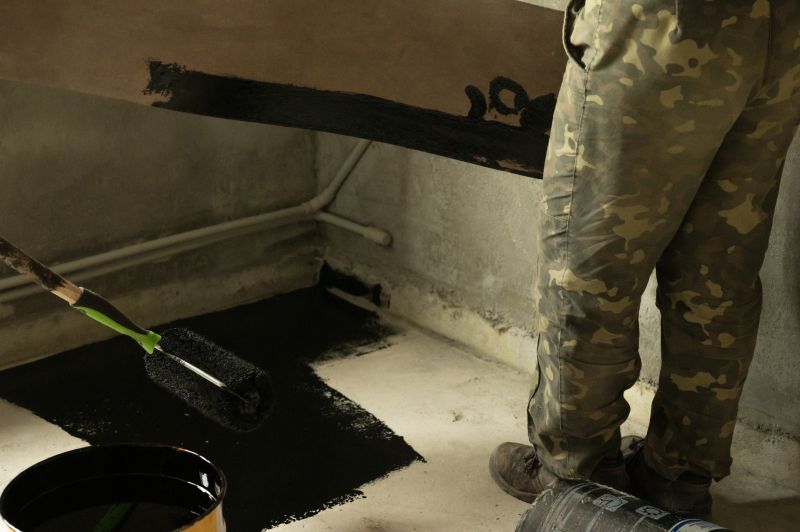
Finishes and colors that play nicely with Waterproofings.

Little measurements that prevent headaches on Waterproofings day.
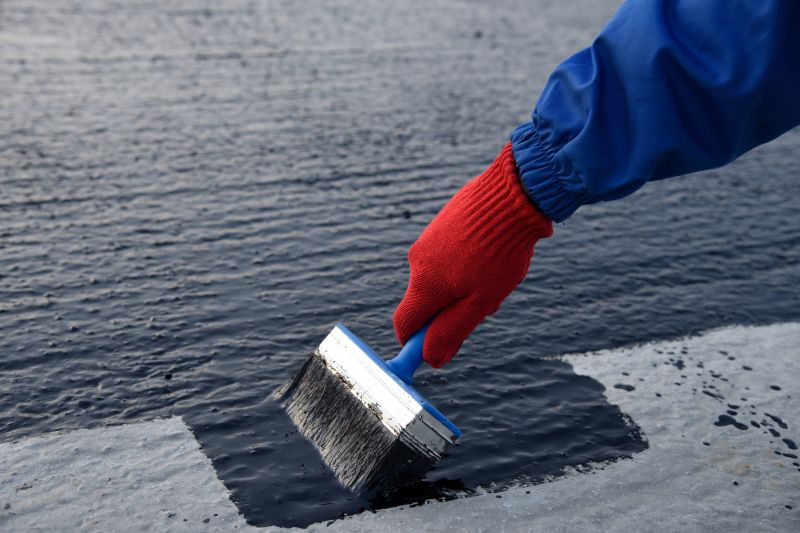
A 60-second routine that keeps Waterproofings looking new.
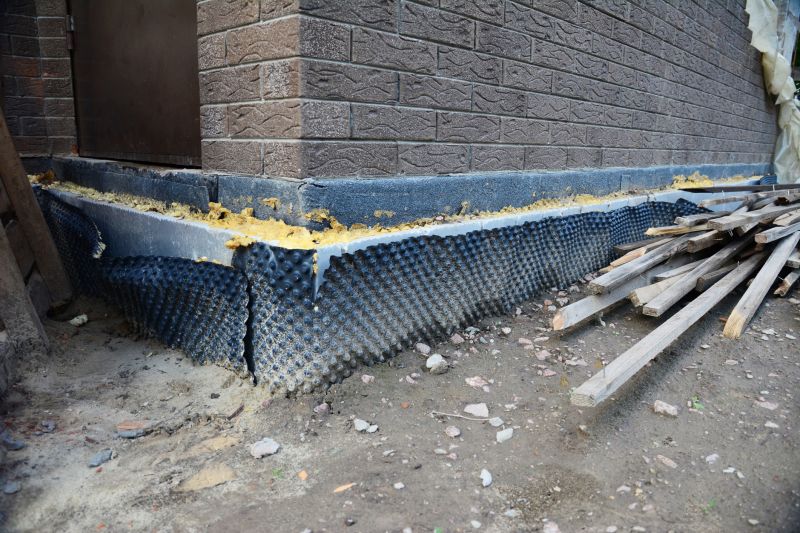
A frequent mistake in Waterproofings and how to dodge it.
Waterproofings involve applying specialized materials to prevent water penetration in various structures, including foundations, roofs, and basements. Effective waterproofing enhances durability, reduces maintenance costs, and preserves the integrity of the building. Different waterproofing methods include membrane systems, liquid coatings, and sealants, each suited to specific applications and environmental conditions.
| Season | Optimal Conditions |
|---|---|
| Spring | Moderate temperatures, less rain, good for curing |
| Summer | Warm weather, but watch for high humidity and heat |
| Fall | Cooler temperatures, minimal rain, ideal for application |
| Winter | Freezing temperatures, not recommended |

Small tweaks to make Waterproofings safer and easier to use.
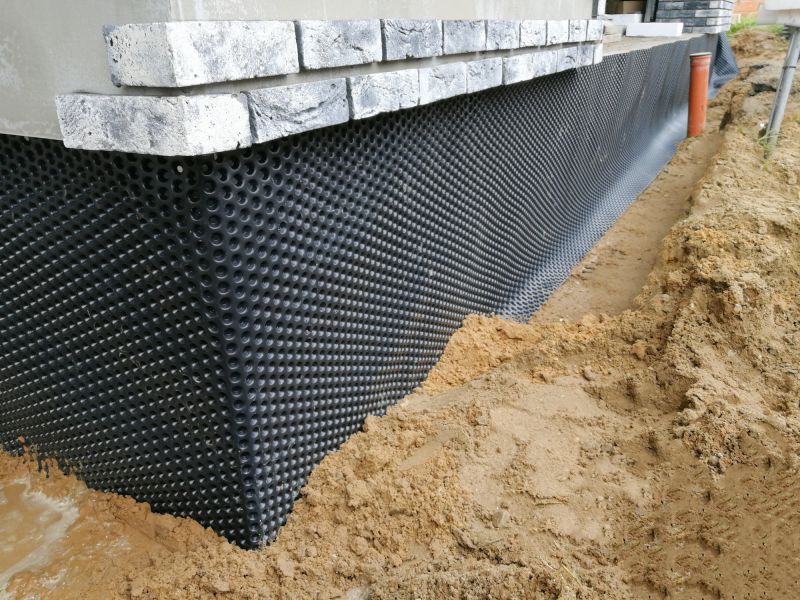
Lower-waste or water-saving choices for Waterproofings.

The short, realistic tool list for quality Waterproofings.
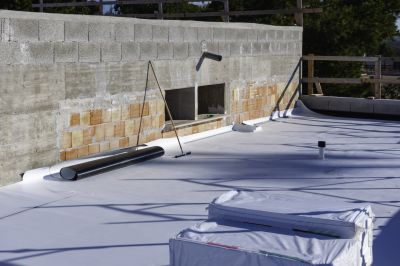
Rough timing from prep to clean-up for Waterproofings.
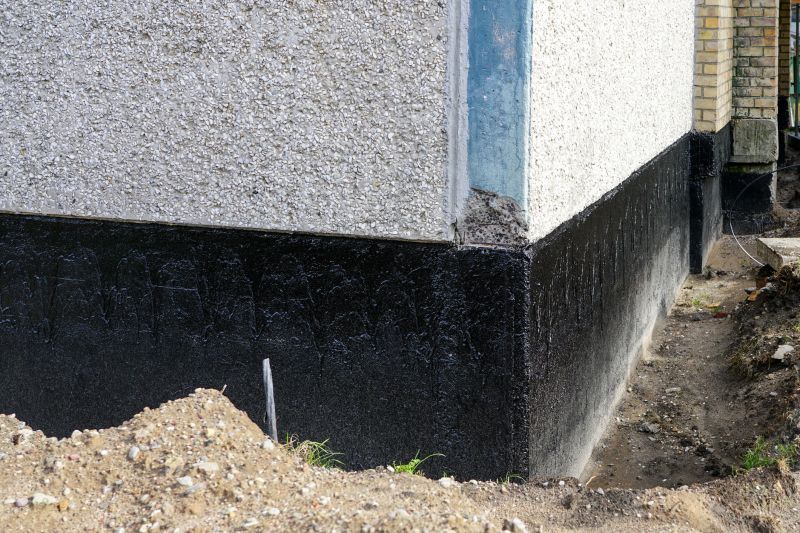
Quick checks and paperwork to keep after Waterproofings.
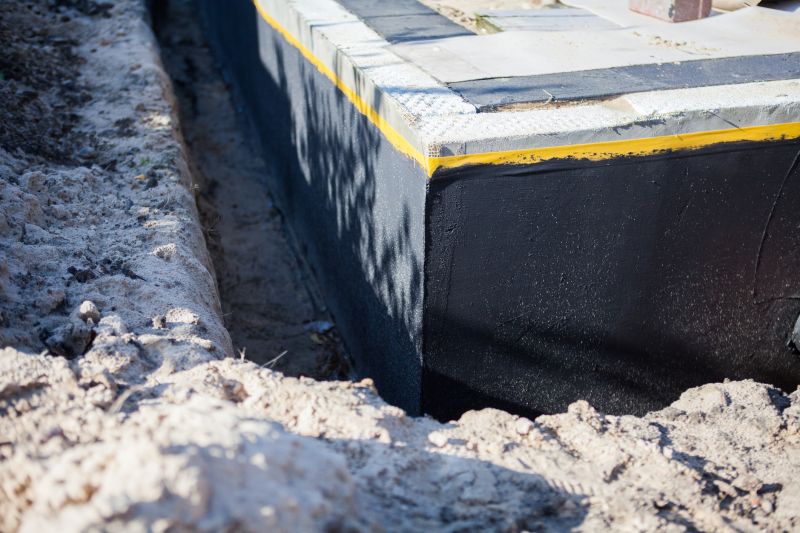
Examples that show the impact a good Waterproofings can make.
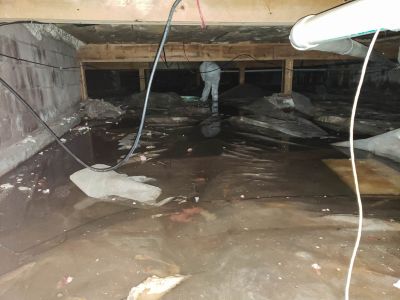
Ways to make Waterproofings work in tight or awkward layouts.

Ways to make Waterproofings work in tight or awkward layouts.
Choosing the right time for waterproofing depends on local climate conditions and the specific requirements of the project. Proper planning and execution during the appropriate season ensure the longevity and effectiveness of waterproofing systems. Professionals can assess environmental factors to recommend the most suitable timing for each application.
Interested in waterproofing services? Filling out the contact form provides an opportunity to discuss specific needs and receive tailored solutions to protect structures from water damage effectively.

